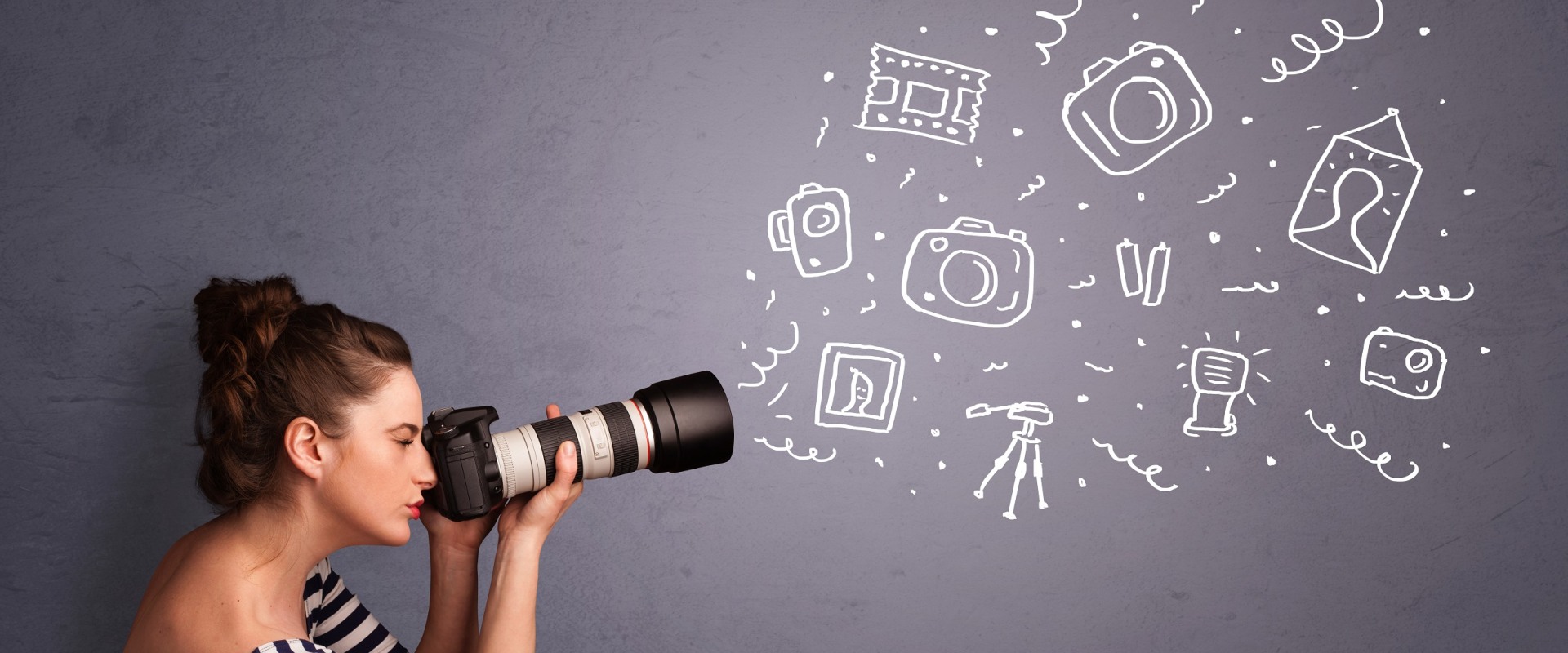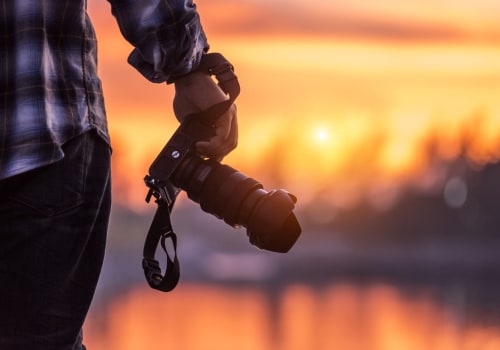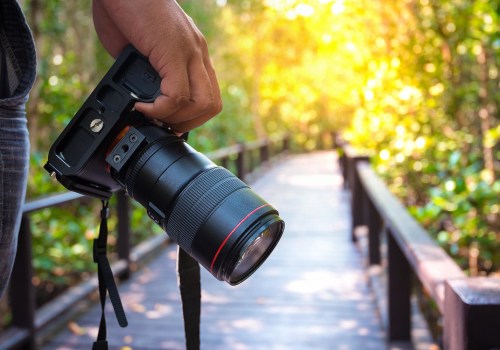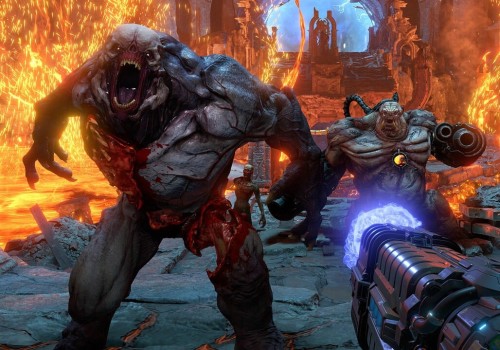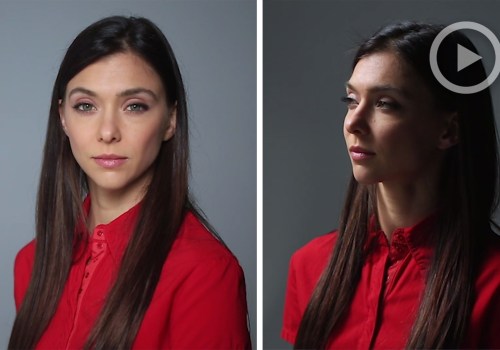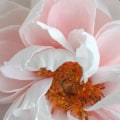Are you interested in learning the basics of photography? Exposure settings can be an intimidating concept to master, but it is essential for taking great pictures. With the right exposure settings, you can capture stunning images, regardless of your skill level. This article will provide a comprehensive guide to understanding and mastering exposure settings. We'll discuss how to use ISO, aperture, shutter speed, and other features to create beautiful photographs.
Read on to unlock the basics of photography and take your creative shots to the next level!Understanding exposure settings is key to taking professional-quality photos. The four main components of exposure settings are ISO, aperture, shutter speed, and white balance. Each one plays a unique role in determining the overall look and feel of your photos. Here's a brief overview of each:ISO: ISO measures the sensitivity of your camera's sensor.
The higher the ISO value, the more sensitive your sensor will be to light.
Aperture
: Aperture refers to the size of the opening in your lens. A larger aperture (smaller f-stop number) lets in more light, while a smaller aperture (larger f-stop number) reduces the amount of light entering your lens.Shutter Speed
: Shutter speed determines how long your camera's shutter stays open when taking a photo. A longer shutter speed lets in more light, while a shorter shutter speed reduces the amount of light entering your camera.White Balance
: White balance adjusts the overall color temperature of your photo. Setting the correct white balance ensures that colors look natural and accurate in your photos.ISO Settings
ISO settings determine how sensitive your camera's sensor is to light.The higher the ISO value, the more sensitive it is. Generally, it's best to keep your ISO as low as possible to minimize digital noise in your photos. However, when shooting in low light conditions, you may need to increase the ISO value to make up for the lack of light. The most important thing to remember when adjusting your ISO setting is that higher values will result in more noise in your photos. It's best to keep your ISO at the lowest value possible, and only increase it when necessary.
White Balance Settings
White balance is an important tool for creating natural-looking photos.It adjusts the overall color temperature of an image to ensure colors are accurately represented. Without white balance adjustments, photos can appear too blue or too yellow. White balance settings can be changed manually or through presets. Common presets include daylight, cloudy, tungsten, fluorescent, and flash.
Different lighting conditions require different settings. When shooting indoors, you may need to use a tungsten white balance preset to correct for the warm color cast of incandescent lights. In contrast, shooting outdoors on a sunny day requires a daylight white balance setting. Adjusting white balance can help create more natural-looking images with accurate color representation. It’s important to be aware of the different presets available and how they should be used in different situations.
With the correct white balance settings, you can take stunning photos with ease.
Aperture Settings
Aperture settings control the amount of light that enters your camera when taking a photo. A larger aperture (smaller f-stop number) lets in more light, while a smaller aperture (larger f-stop number) reduces the amount of light entering your camera. It also affects depth of field, which is the area of an image that appears sharp and in focus. This is determined by how wide or narrow the aperture opening is, with wider apertures producing a shallow depth of field and narrower apertures producing a greater depth of field.Understanding how to use your aperture settings can make a big difference to the quality of your photos. By controlling the amount of light entering the camera, you can create stunning images with beautiful bokeh effects or detailed shots with everything in focus. When shooting in low light, it's best to open up the aperture to let in more light. Conversely, if you want to capture a large scene with everything in focus, you'll need to use a smaller aperture.
Shutter Speed Settings
Shutter speed plays a critical role in how your photos turn out.It determines how long the shutter remains open when taking a photo, which affects the amount of light that enters the camera and the motion blur or freeze effect of the shot.
Shutter speed
is measured in seconds and can range from fractions of a second to several minutes. A longer shutter speed means more light is entering your camera, while a shorter shutter speed reduces the amount of light. By adjusting your shutter speed, you can capture motion blur or freeze a moving subject.When choosing a shutter speed, it's important to consider the type of photo you're trying to take. If you're taking a portrait, for example, you'll want to use a faster shutter speed to avoid motion blur. On the other hand, if you're shooting a landscape, you may want to use a slower shutter speed to capture more detail in the image. It's also important to remember that the faster the shutter speed, the more noise will be introduced into your photos.
Therefore, it's best to use the slowest shutter speed possible without introducing motion blur into your images. Understanding and mastering shutter speed settings is essential for taking professional-quality photos. With practice and patience, you'll be able to take stunning images with ease. Exposure settings are the building blocks of photography, and mastering them is essential for taking high-quality photos. ISO, aperture, shutter speed, and white balance are all crucial factors to consider when setting up a shot.
By understanding and mastering these settings, you'll be able to take stunning images with ease. This guide has provided a thorough overview of exposure settings and how they can be used to create stunning photographs. With this knowledge, you'll be able to take your photography to the next level.

